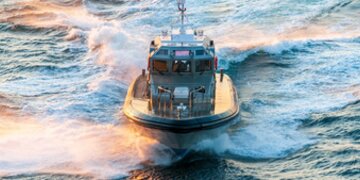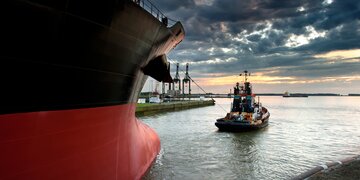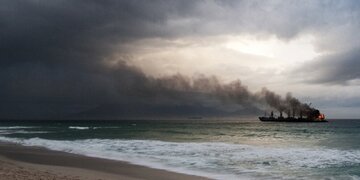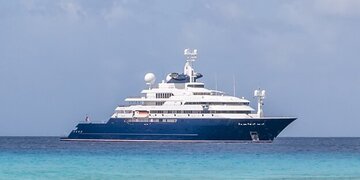Dear visitor, our site uses cookies to improve your experience whilst browsing.
By
using the site you are consenting to this.
Get a quote
Fill in the relevant proposal form to receive a quote.
Make a claim
Guidance on how to report a claim.
Talk to our experts
Contact us at ITIC.
+44 (0)20 7204 2928











